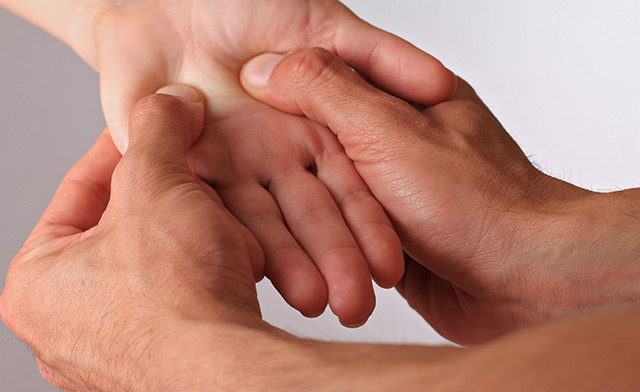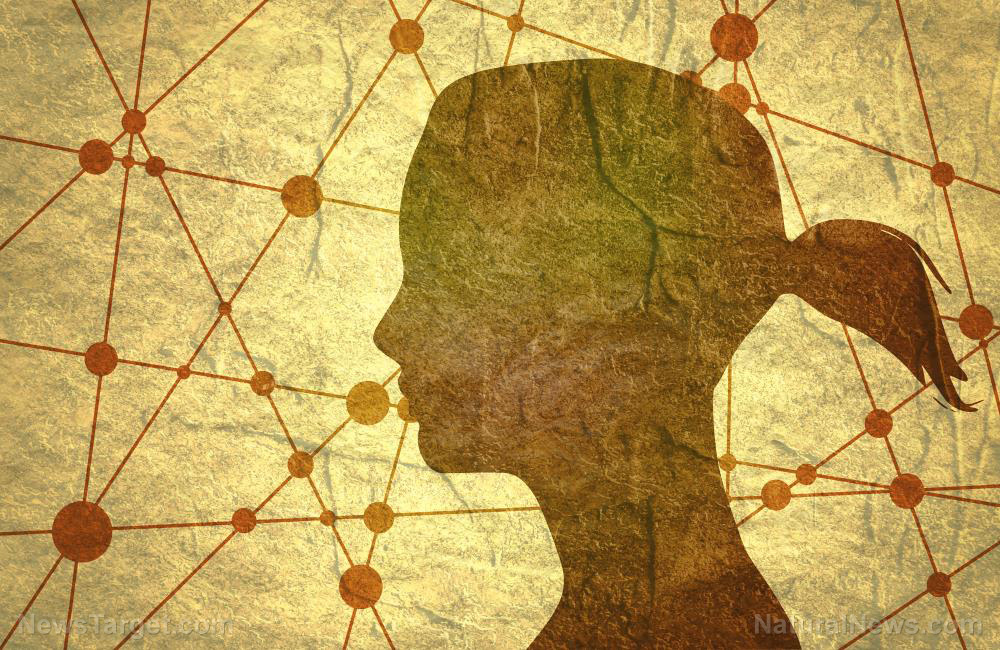A new way of looking at sleeplessness: Researchers find that there are 5 types of insomnia
05/07/2019 / By Zoey Sky

Insomnia is a sleep disorder that is associated with the inability to fall asleep or remain asleep. According to a recent study, there could be as many as five types of insomnia, all of which could be addressed using more effective personalized treatments.
The study was published in the journal The Lancet Psychiatry and conducted by researchers from the Netherlands Institute for Neuroscience in Amsterdam.
What is insomnia?
The sleep disorder insomnia affects about 10 percent of the population. The main symptoms of the condition include difficulty falling or staying asleep.
Insomnia can also refer to the condition of waking up not feeling restored or refreshed. The condition can be either acute (lasting one to several nights) or chronic (lasting for several months to years).
The symptoms of insomnia may include:
- Difficulty falling asleep
- Waking up frequently during the night
- Difficulty going back to sleep
- Waking up too early in the morning
- Feeling not refreshed after waking up
- Daytime sleepiness
- Difficulty concentrating
- Irritability
However, even if individuals with insomnia experience similar symptoms, they can all react differently to treatment. Additionally, attempts to determine “biomarkers” for the condition, such as commonalities in brain scans, were inadequate, noted the researchers.
Discovering the 5 insomnia subtypes
In the study, researchers analyzed personality traits and emotions. Their findings suggest that there are actually five types of insomnia.
The researchers hope that the study results could be used to better understand the causes of insomnia, along with the development of more personalized treatments for the sleep disorder.
To identify the “subtypes” of insomnia, the researchers examined information gleaned from over 4,000 individuals who completed online surveys about their sleep habits and other traits for a project called the Netherlands Sleep Registry. The survey responses revealed that 2,000 of the participants had insomnia.
But while these participants scored high on an insomnia-related survey, they didn’t have a confirmed diagnosis.
Aside from sleep-related symptoms, the researchers considered other factors like emotion, mood, personality traits, and response to stressful life events to determine the insomnia subtypes.
The researchers discovered that participants with insomnia often belonged to one of five categories.
- Type 1 – Individuals with type 1 insomnia usually have high levels of distress (high levels of negative emotions such as anxiety and worry) and low levels of happiness.
- Type 2 – Those with type 2 insomnia had moderate levels of distress. However, their levels of happiness and experiences of pleasurable emotions are usually relatively normal.
- Type 3 – Individuals with type 3 insomnia also had moderate levels of distress, but they had low levels of happiness and reduced experiences of pleasure.
- Type 4 – Those with type 4 insomnia often had low levels of distress, but they usually experience long-lasting insomnia because of a stressful life event.
- Type 5 – Individuals with type 5 insomnia also had low levels of distress, and their sleep disorder wasn’t influenced by stressful life events.
The researchers found that these subtypes were consistent over time. When participants were surveyed again five years later, most of them still had the same subtype.
Individuals with different insomnia subtypes had unique responses to treatment and differed in their risk of depression.
For example, individuals with type 2 insomnia responded well to cognitive behavioral therapy, a type of talk therapy. Meanwhile, those with type 4 did not. The researchers warned that individuals with type 1 had the greatest lifetime risk of depression. (Related: Sleep disorders may be a symptom of depression: People who don’t get enough sleep have repetitive, negative thoughts which can lead to depression and anxiety.)
The results implied that certain insomnia treatments are more effective for certain subtypes, and future studies could look into the matter further.
The researchers also believed that identifying individuals with insomnia who have a high risk of developing depression could help prevent depression.
The study authors concluded that the volunteers who took part in a sleep-related study may not necessarily be representative of the population as a whole. They also acknowledged that there could still be other unidentified insomnia subtypes.
Sources include:
Tagged Under: Anxiety, depression, happiness, idiopathic insomnia, insomnia, insomnia subtypes, insomnia symptoms, levels of distress, mental health, mind body science, mood disorders, personalized treatment, prevent depression, prevention, research, sleep, sleep deprivation, sleep disorders, sleep loss, sleeping problems, sleeplessness, types of insomnia



















